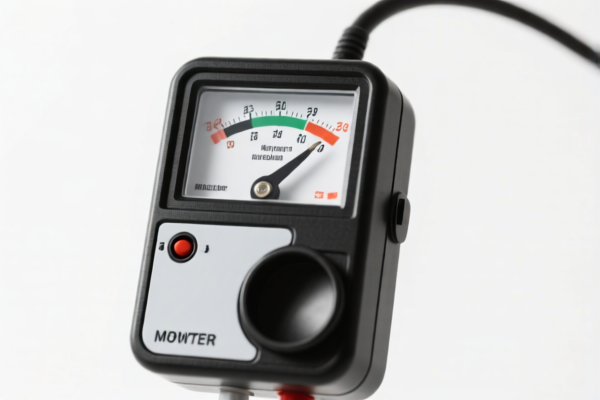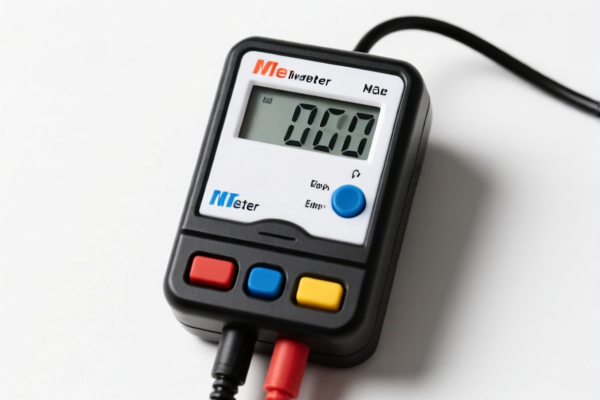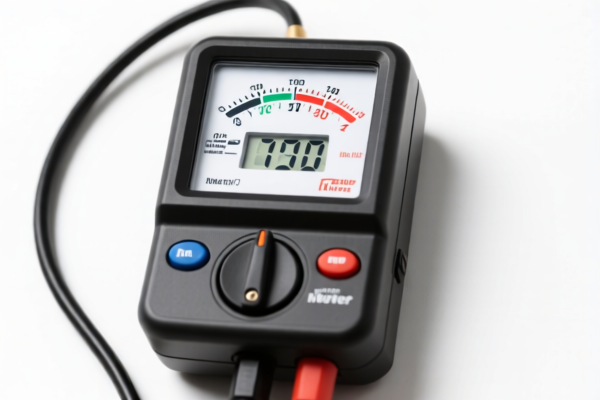| HS Code | Official Doc | Tariff Rate | Origin | Destination | Effective Date |
|---|---|---|---|---|---|
| 9030310000 | Doc | 55.0% | CN | US | 2025-05-12 |
| 9031808060 | Doc | 30.0% | CN | US | 2025-05-12 |
| 9031808070 | Doc | 30.0% | CN | US | 2025-05-12 |
| 8531809051 | Doc | 37.5% | CN | US | 2025-05-12 |
| 8531809041 | Doc | 37.5% | CN | US | 2025-05-12 |
| 8543708000 | Doc | 55.0% | CN | US | 2025-05-12 |
| 8543709860 | Doc | 57.6% | CN | US | 2025-05-12 |




Power Tester
A power tester is a device used to verify the presence of voltage in an electrical circuit, typically used for safety checks and troubleshooting. It indicates whether a circuit is energized or de-energized.
Material
Power testers generally consist of the following materials:
- Housing: Typically constructed from durable plastic, often with a high-impact resistance for safety and longevity.
- Test Probes: Metal, commonly steel or brass, to establish electrical contact with the circuit being tested.
- Indicator: Usually a neon lamp, LED, or LCD display to visually signal the presence or absence of voltage.
- Internal Circuitry: Resistors and other electronic components to limit current and provide accurate indication.
- Wiring: Conductive wires to connect the probes to the indicator and internal circuitry.
Purpose
The primary purpose of a power tester is to ensure electrical safety by:
- Verifying Power Presence: Confirming whether a circuit is live before commencing work.
- Identifying Open Circuits: Detecting breaks in the circuit.
- Troubleshooting Electrical Issues: Helping to pinpoint faults within a circuit.
- Confirming Proper Grounding: Some testers include functionality to verify the integrity of the grounding path.
Function
Power testers operate based on the principle of voltage detection. When the probes are placed in contact with a live circuit, voltage flows through the tester’s internal circuitry, activating the indicator (lamp or display).
- Voltage Range: Testers are designed for specific voltage ranges (e.g., 120V, 240V, 480V).
- Indicator Activation: A lit indicator signifies the presence of voltage. No illumination indicates the circuit is de-energized.
- Circuit Completion: The tester requires a complete circuit path to function; it will not indicate voltage if only one probe is in contact.
Usage Scenarios
Power testers are used in a wide variety of applications:
- Electrical Maintenance: Used by electricians and maintenance personnel to verify power status before working on electrical systems.
- Residential Wiring: Checking outlets, switches, and appliances for proper voltage.
- Automotive Repair: Testing circuits in vehicles.
- HVAC Systems: Verifying power to heating, ventilation, and air conditioning components.
- Industrial Settings: Troubleshooting and maintaining electrical equipment.
Common Types
- Neon Voltage Tester (Screwdriver Tester): A simple, inexpensive tester with a neon lamp indicator. Often integrated into a screwdriver handle. Limited functionality.
- Plug-in Voltage Tester: Designed to be inserted directly into electrical outlets to verify voltage and proper wiring.
- Multimeters: While not solely voltage testers, multimeters can measure voltage and other electrical parameters with greater precision.
- Non-Contact Voltage Tester (NCVT): Detects voltage without physical contact, using capacitive coupling. Useful for identifying live wires behind walls or in tight spaces.
- Digital Voltage Testers: Provide a digital readout of the voltage level. More accurate and versatile than analog testers.
- Loop Testers: Used to verify the integrity of grounding paths and identify open ground connections.
Based on the provided information, “power tester” can be classified under several HS codes, depending on its specific function and application. Here's a breakdown of potential classifications:
-
9030310000: This code covers Oscilloscopes, spectrum analyzers and other instruments and apparatus for measuring or checking electrical quantities, excluding meters of heading 9028; instruments and apparatus for measuring or detecting alpha, beta, gamma, X-ray, cosmic or other ionizing radiations; parts and accessories thereof: Other instruments and apparatus, for measuring or checking voltage, current, resistance or power (other than those for measuring or checking semiconductor wafers or devices): Multimeters, without a recording device. This is applicable if the power tester functions as a multimeter without recording capabilities, specifically designed to measure voltage, current, and resistance. The base tariff is 0.0%, with an additional tariff of 25.0% and 30% after April 2, 2025, resulting in a total tariff of 55.0%.
-
9031808060: This code covers Measuring or checking instruments, appliances and machines, not specified or included elsewhere in this chapter; profile projectors; parts and accessories thereof: Other instruments, appliances and machines: Other Equipment for testing the characteristics of internal combustion engines: For testing electrical characteristics. If the power tester is used for testing the electrical characteristics of internal combustion engines, this code applies. The base tariff is 0.0%, with an additional tariff of 0.0% and 30% after April 2, 2025, resulting in a total tariff of 30.0%.
-
8543708000: This code covers Electrical machines and apparatus, having individual functions, not specified or included elsewhere in this chapter; parts thereof: Other machines and apparatus: Other: Microwave amplifiers. If the power tester utilizes microwave amplification technology, this code may be applicable. The base tariff is 0.0%, with an additional tariff of 25.0% and 30% after April 2, 2025, resulting in a total tariff of 55.0%.
-
8543709860: This code covers Electrical machines and apparatus, having individual functions, not specified or included elsewhere in this chapter; parts thereof: Other machines and apparatus: Other: Other: Other. This is a broader category for other electrical machines and apparatus not specifically defined elsewhere. The base tariff is 2.6%, with an additional tariff of 25.0% and 30% after April 2, 2025, resulting in a total tariff of 57.6%.
According to the provided reference material, the HS code options related to 'power tester' are limited, with only the following 4 found.
Customer Reviews
No reviews yet.